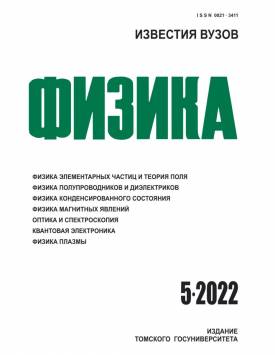Super bandal properties of the spectral sensitivity of the human eye
The article investigates the spectra of daytime, nighttime and cyrtopic vision of a person in the frequency domain. To understand the structure of the human organ of vision, mathematical analysis was used, where the visibility spectra of the eye are taken as a dynamic link. To obtain the impulse (time) characteristics of the link, the inverse Fourier transform was used. It was found that in terms of the value of the broadband index, these spectra in the frequency domain exhibit the properties of ultra-wideband signals. It was revealed that in the time domain the gain of the link is greater than one, the amplitude-frequency characteristic contains two sections, in one of which the gain of the link is more than one. In accordance with the Bouguer-Lambert law, these coefficients greater than one can be fulfilled when the absorption coefficient takes a negative value. Were learned the following results: the greatest value in terms of the width of the wavelength range and the gain has a cyrtopic vision and the smallest takes daytime vision; night vision, according to these parameters, occupies an intermediate position.
Keywords
Fourier transform, Gaussian curve, transient response, impulse response, cyrtopic vision, human eye, dynamic linkAuthors
| Name | Organization | |
| Zienko S.I. | The Branch of National Research University "Moscow Power Engineering Institute" in Smolensk | stanislav-zienko@rambler.ru |
| Zhbanova V.L. | The Branch of National Research University "Moscow Power Engineering Institute" in Smolensk | vera-zhbanova@yandex.ru |
References
